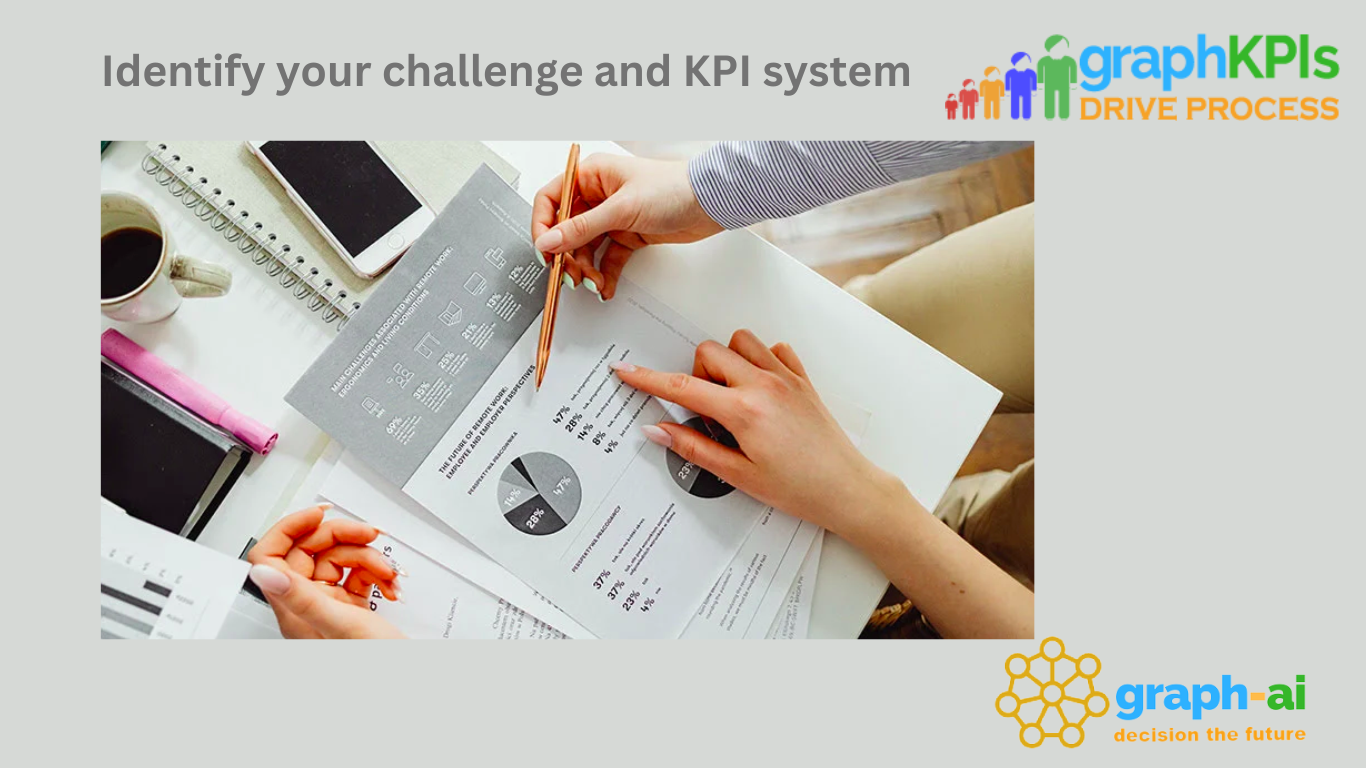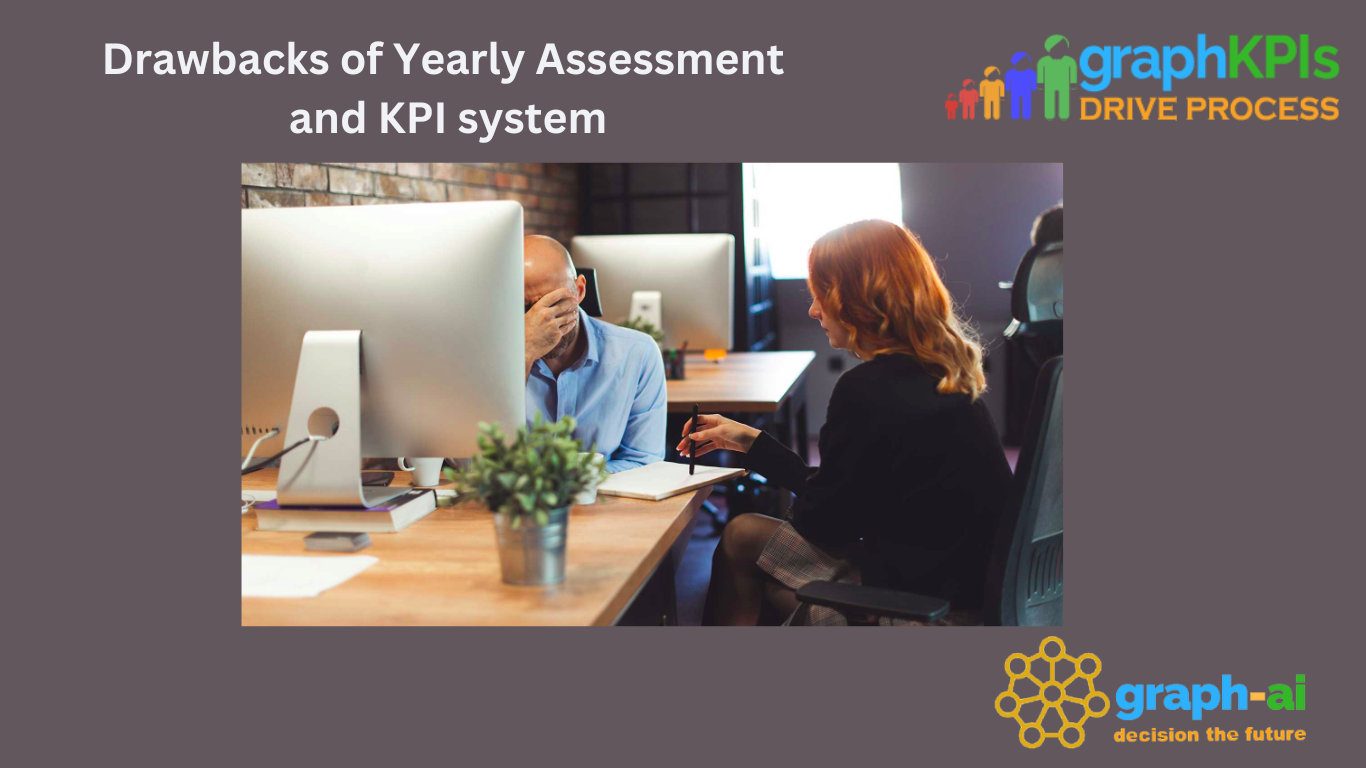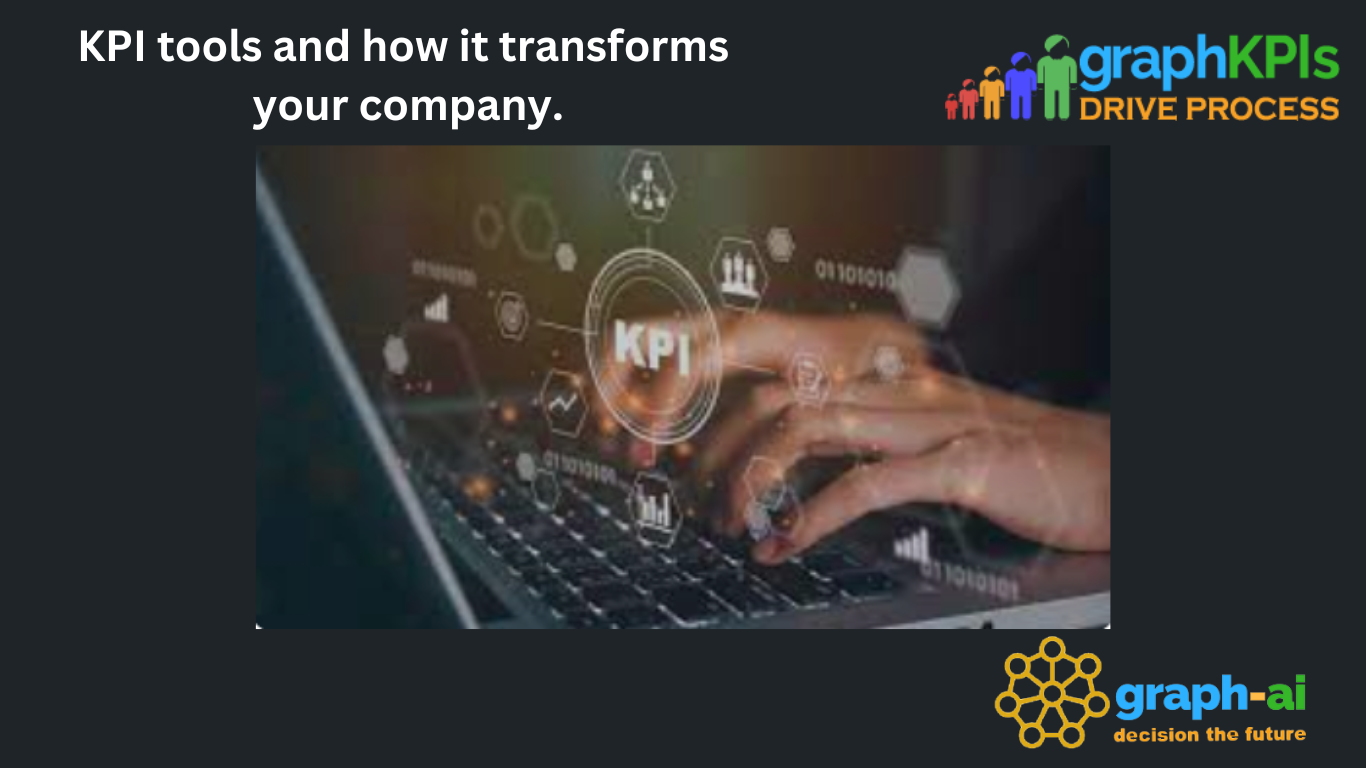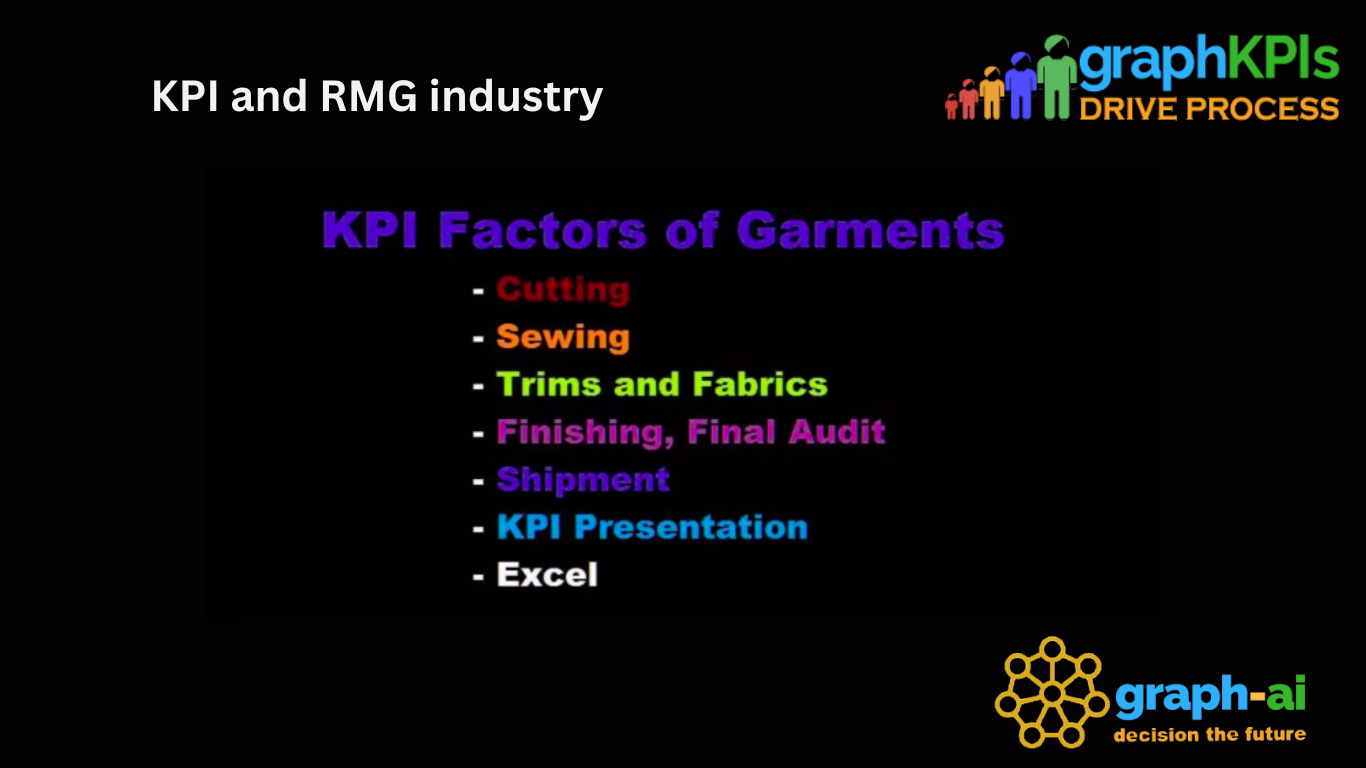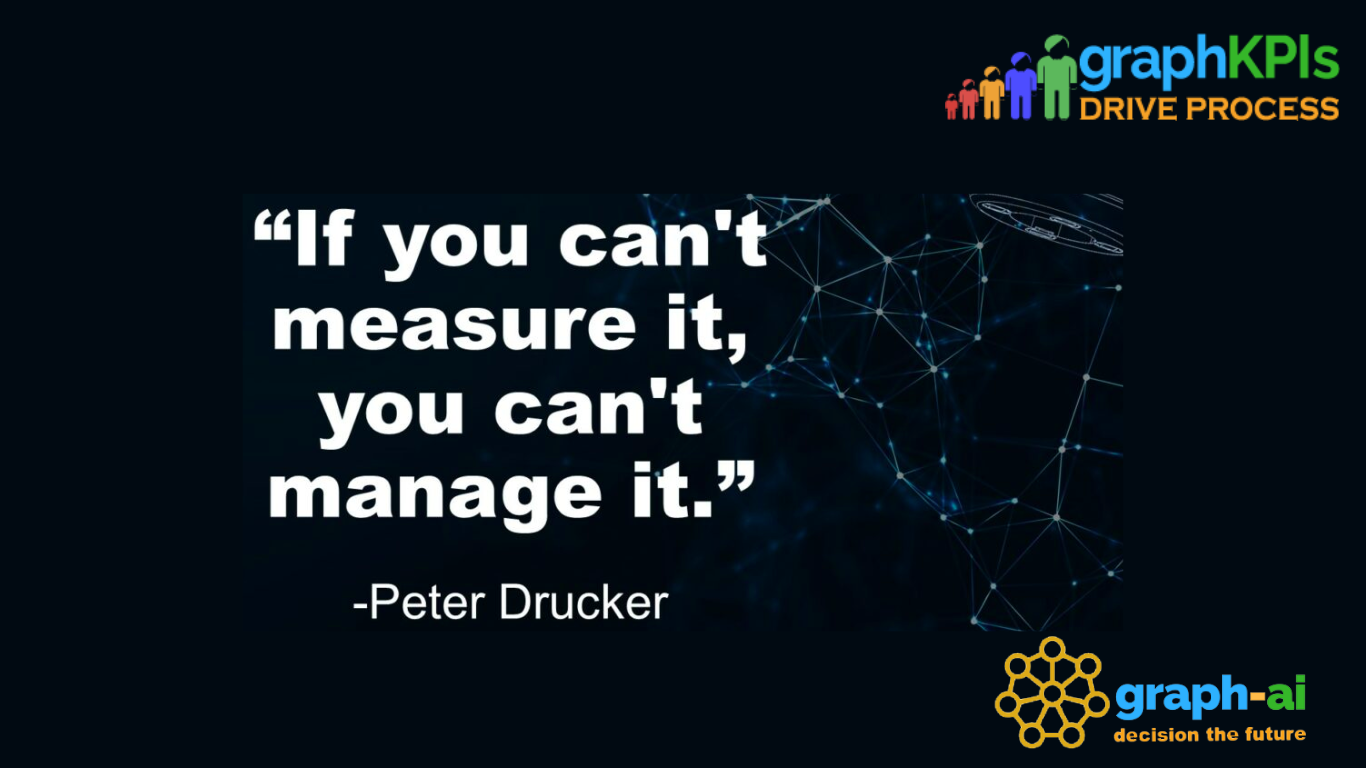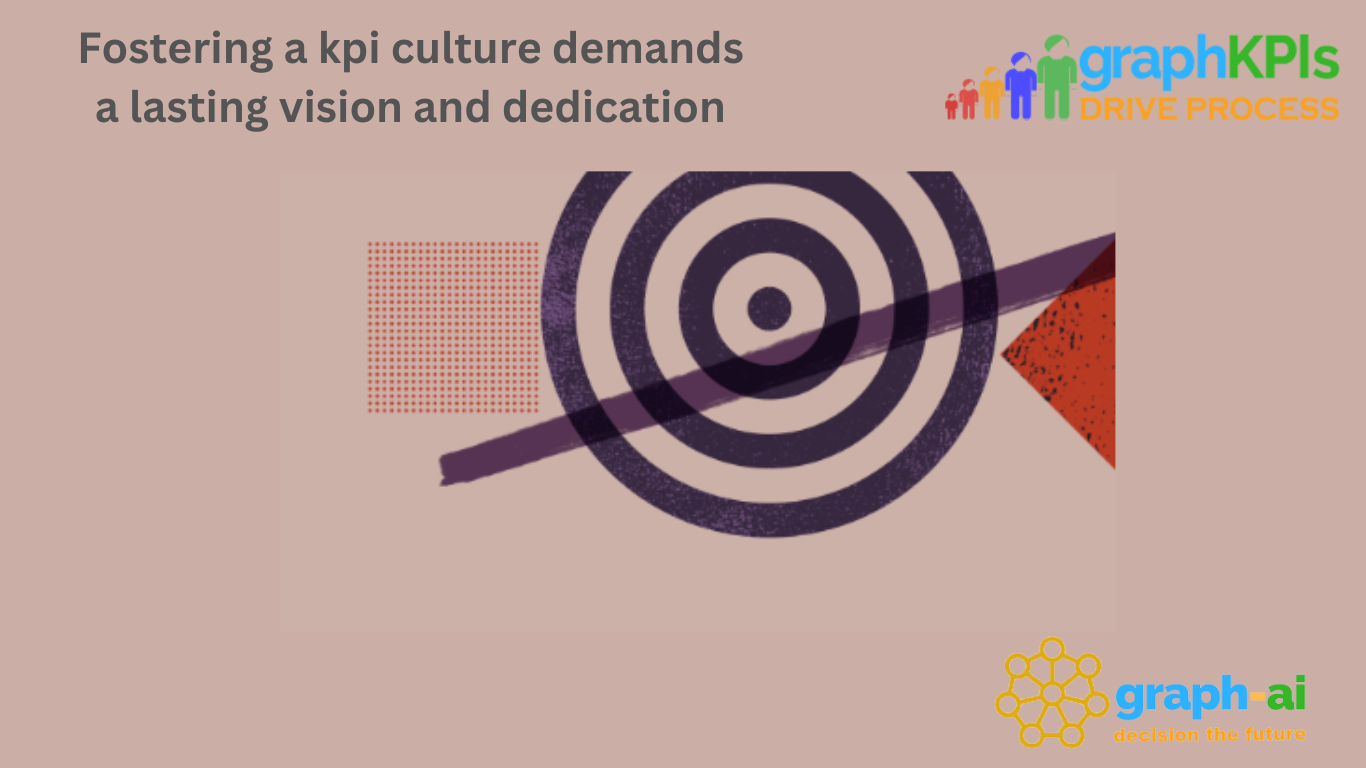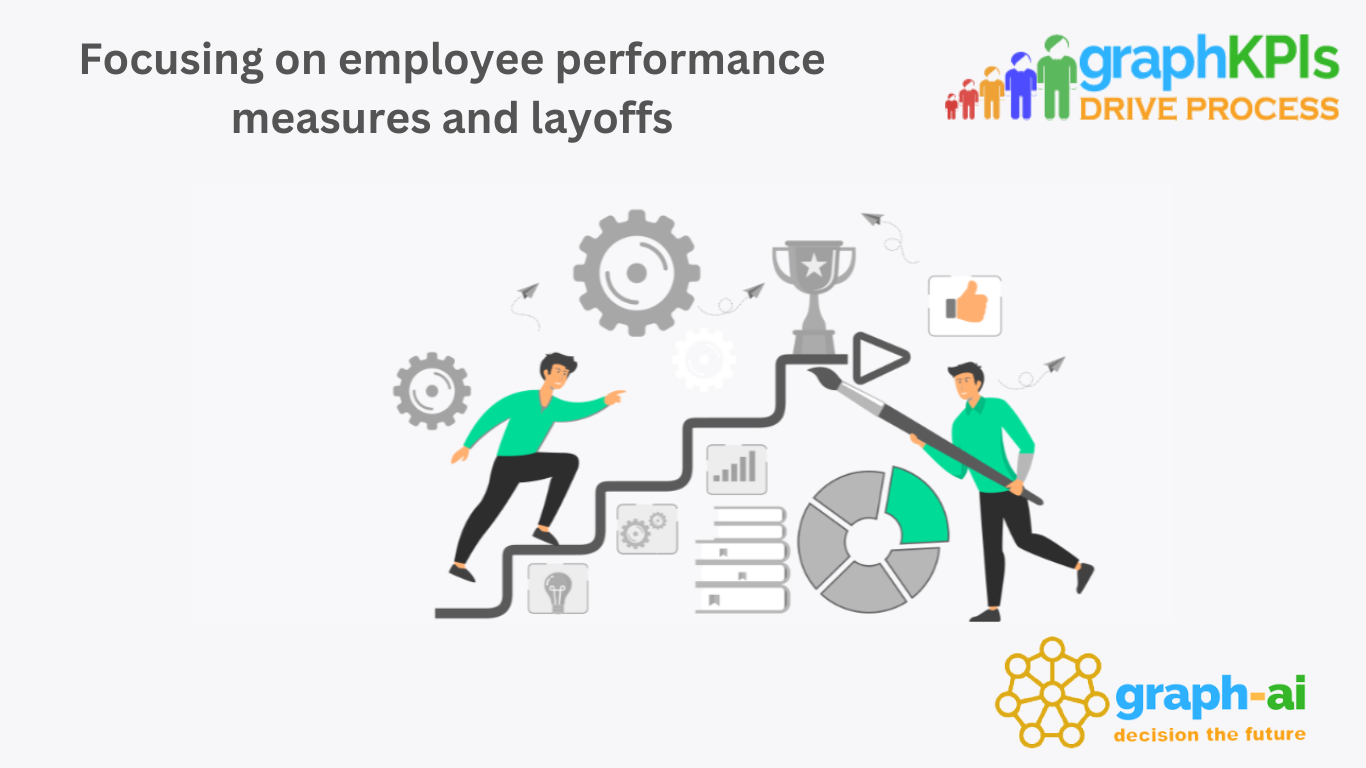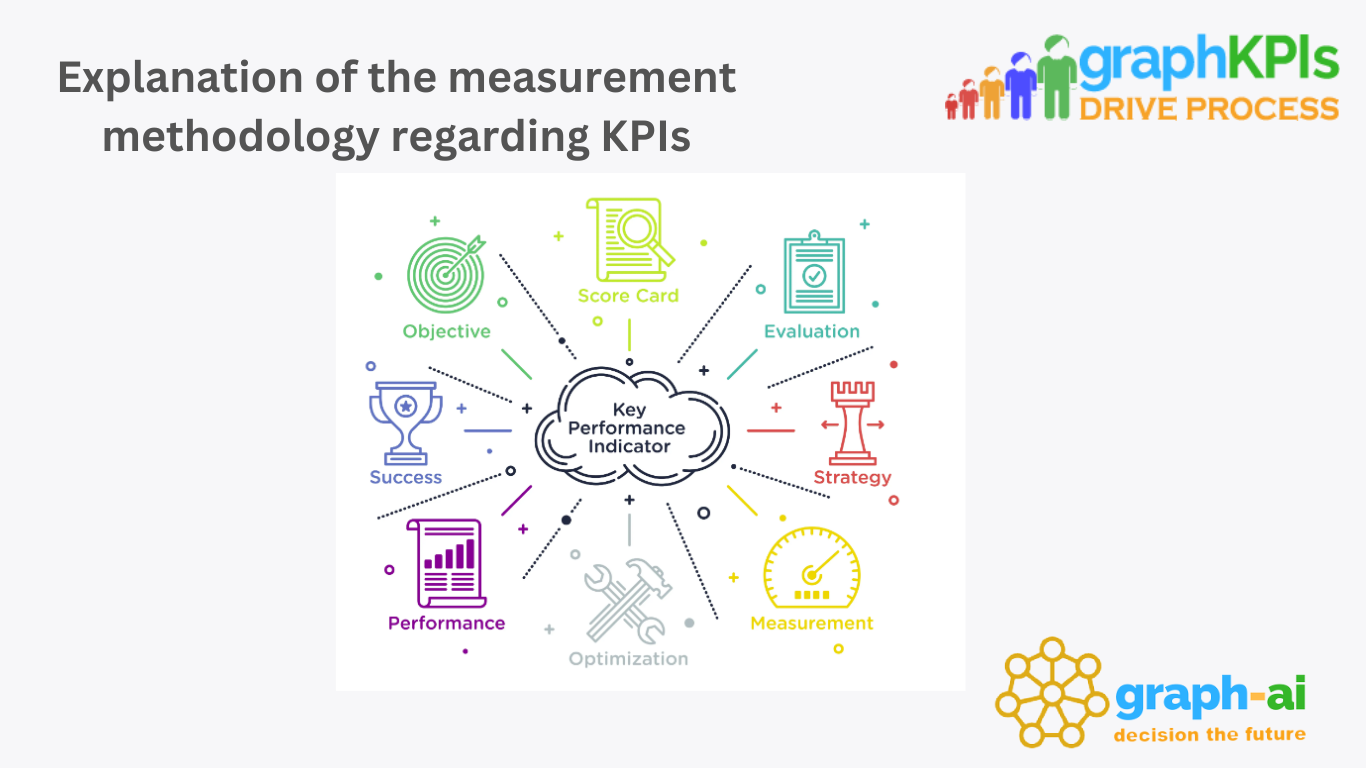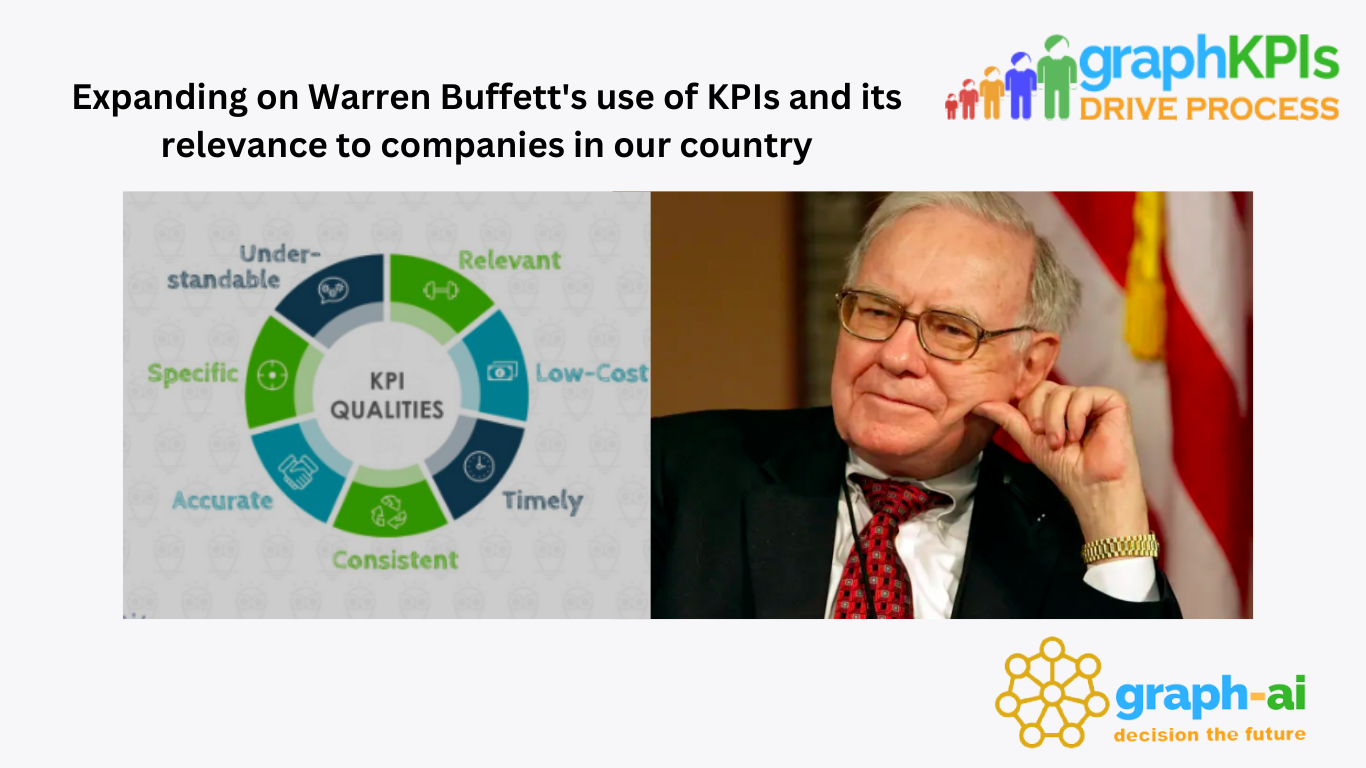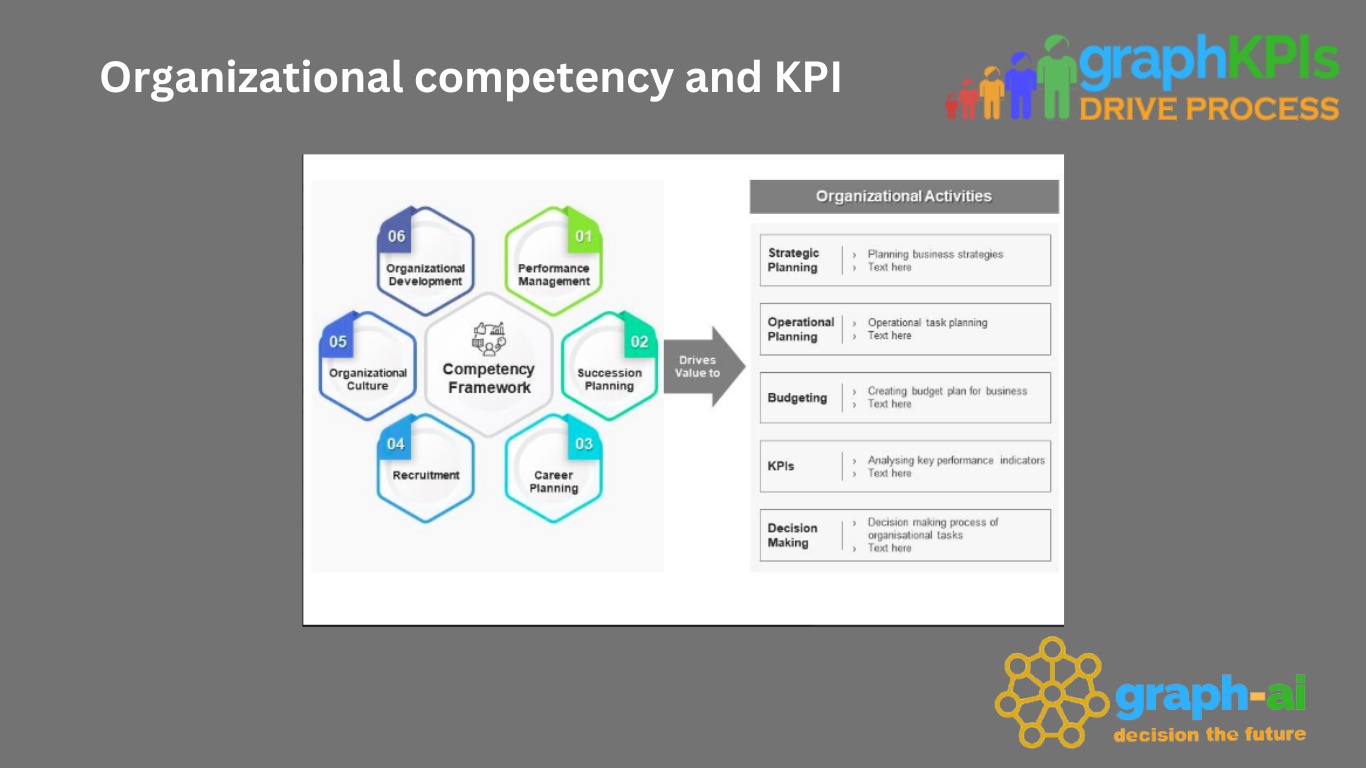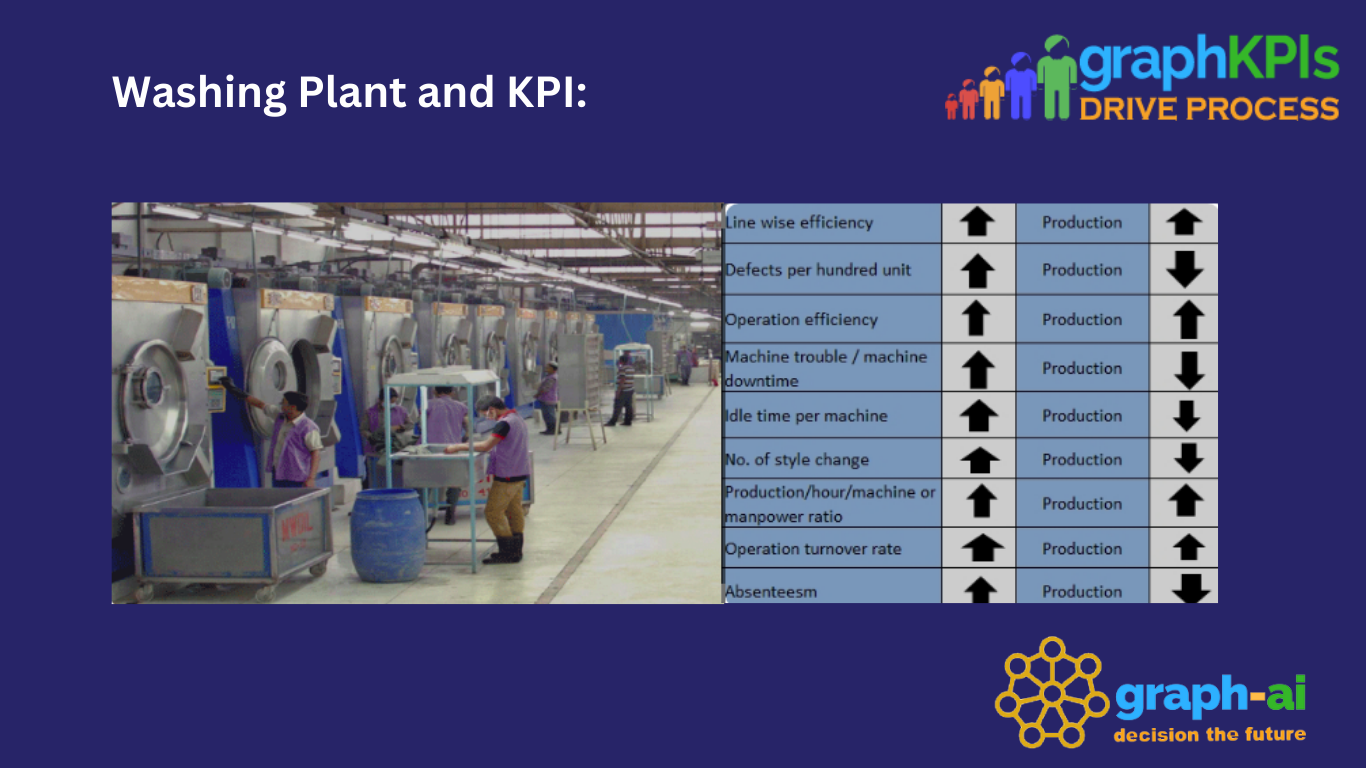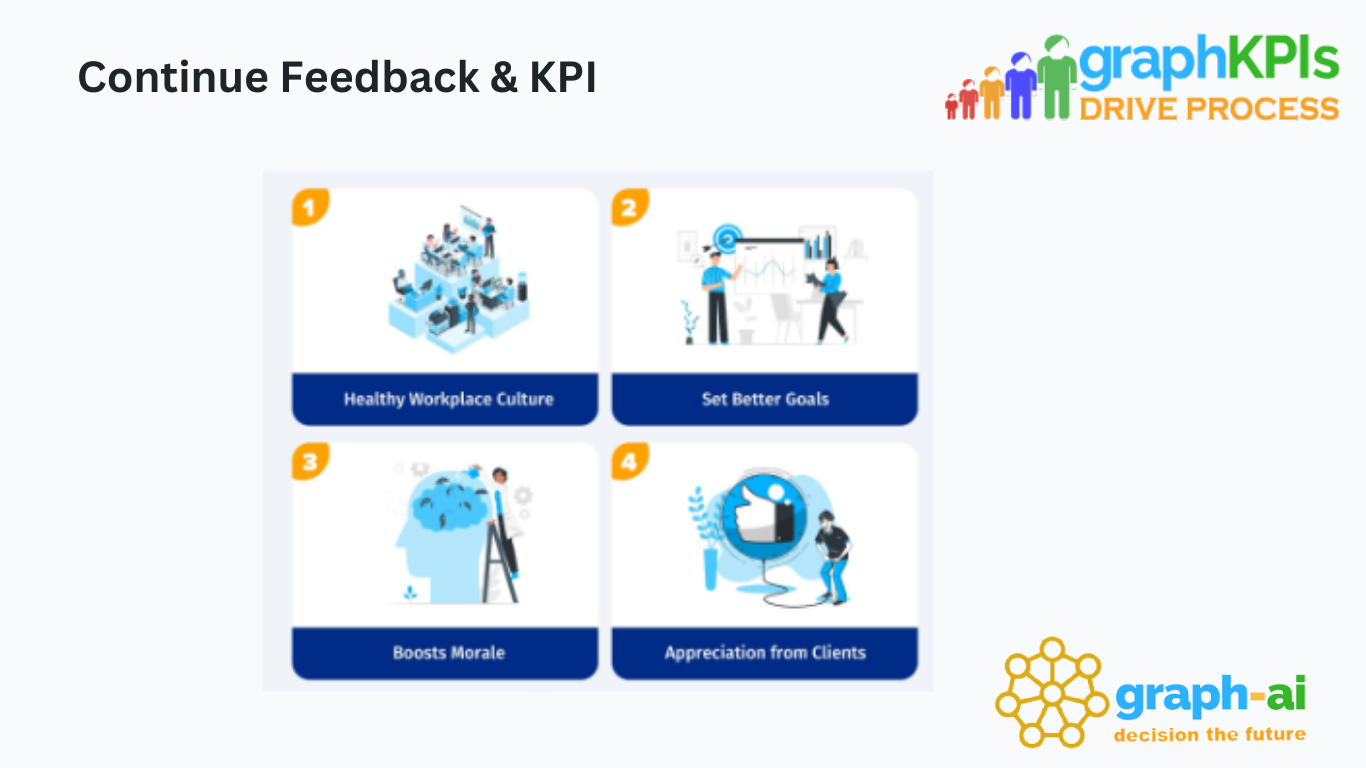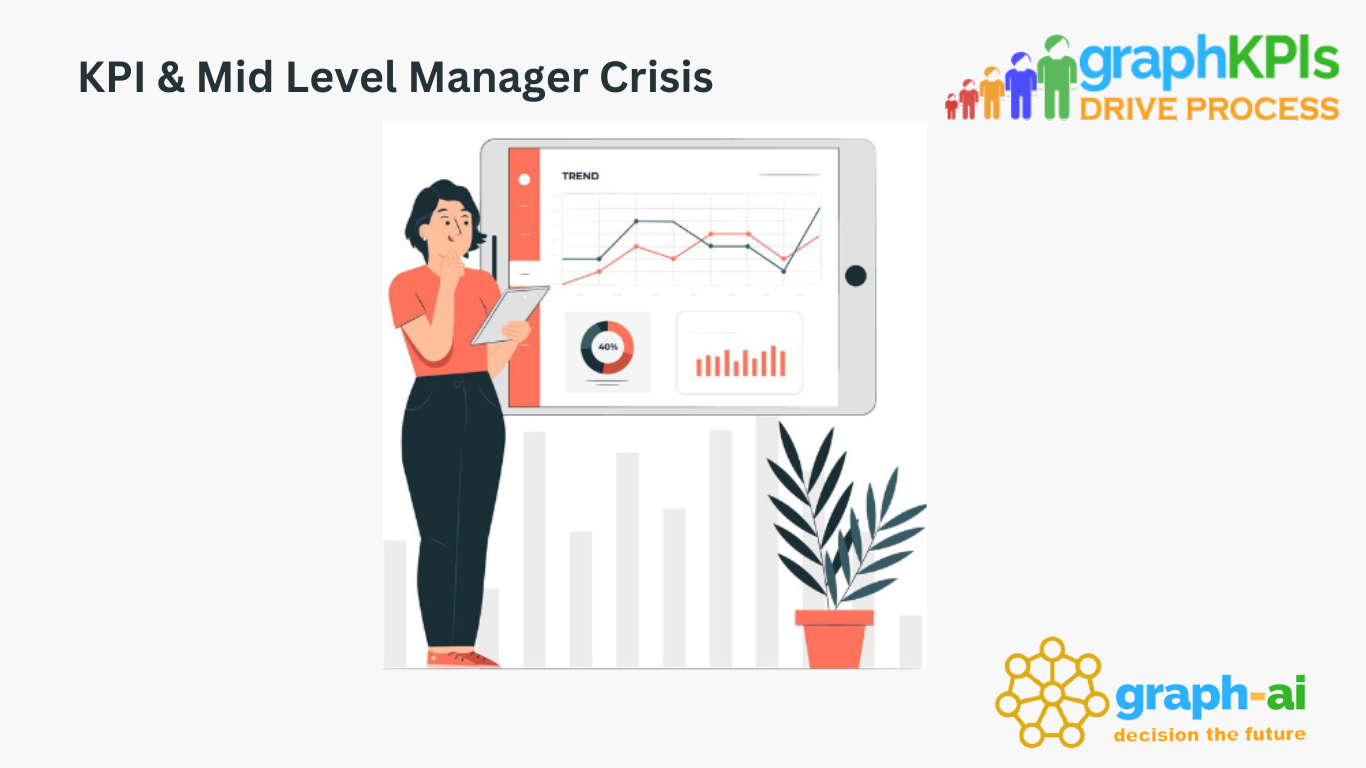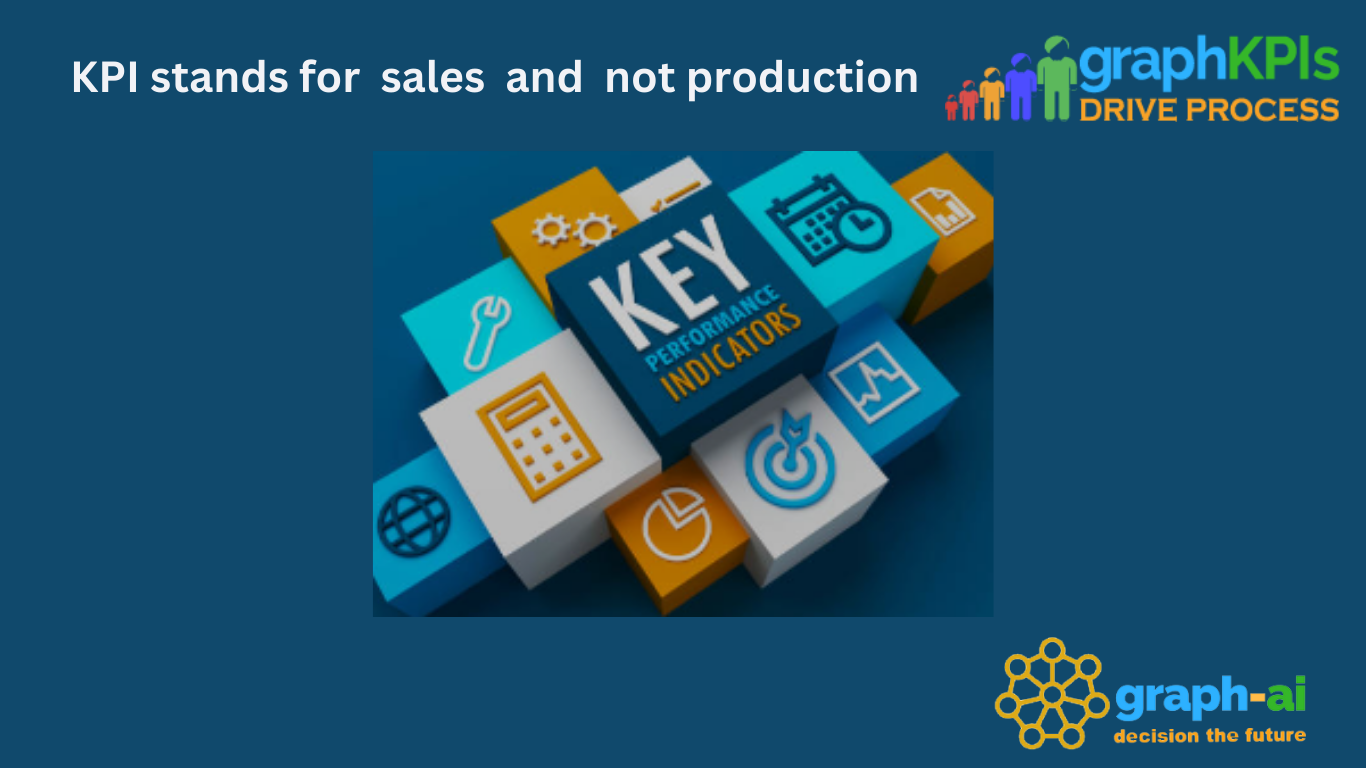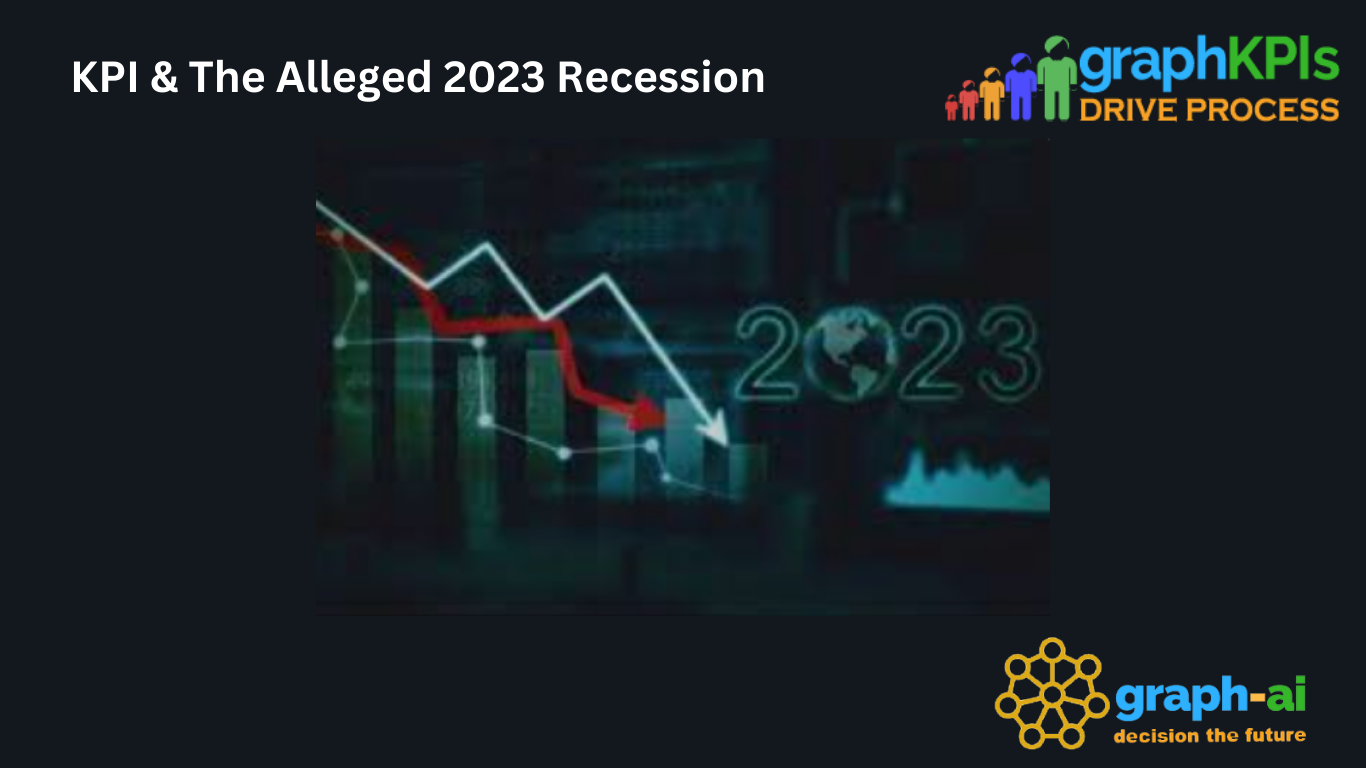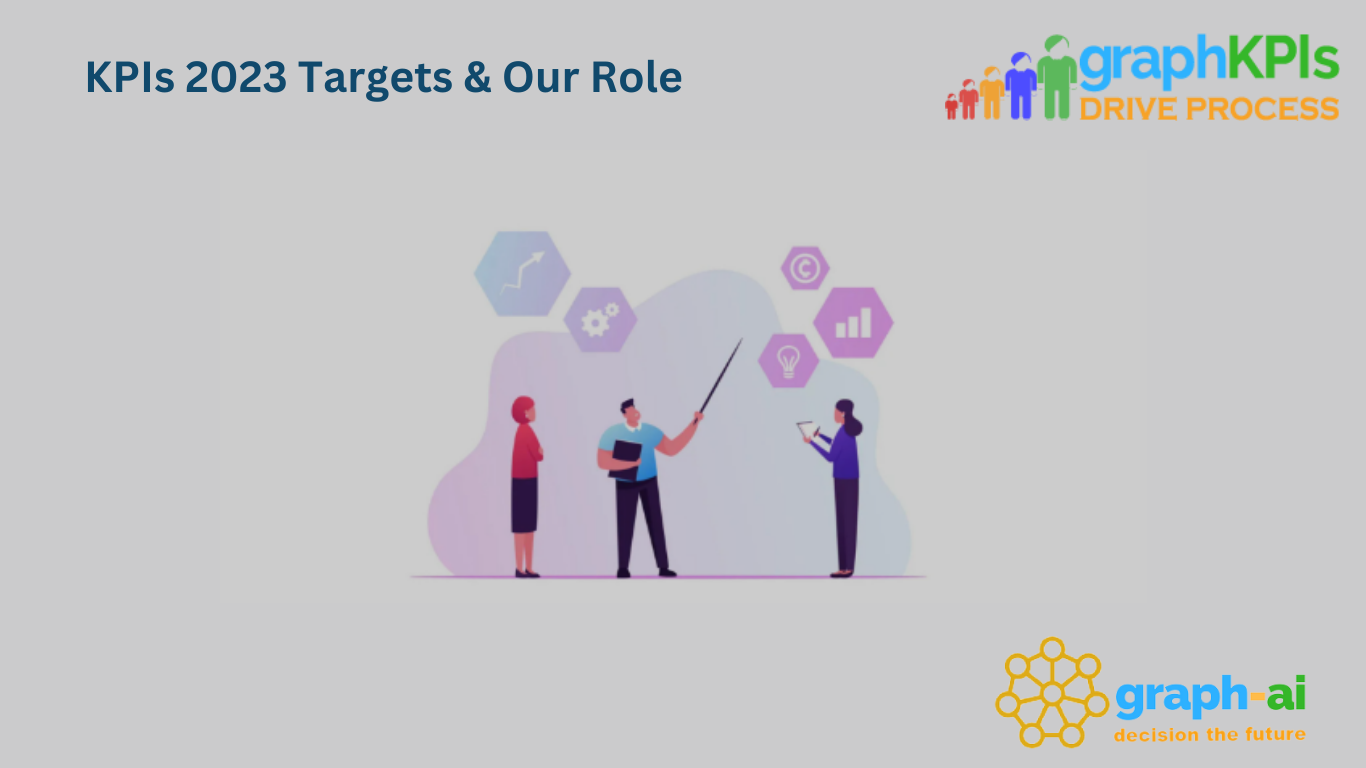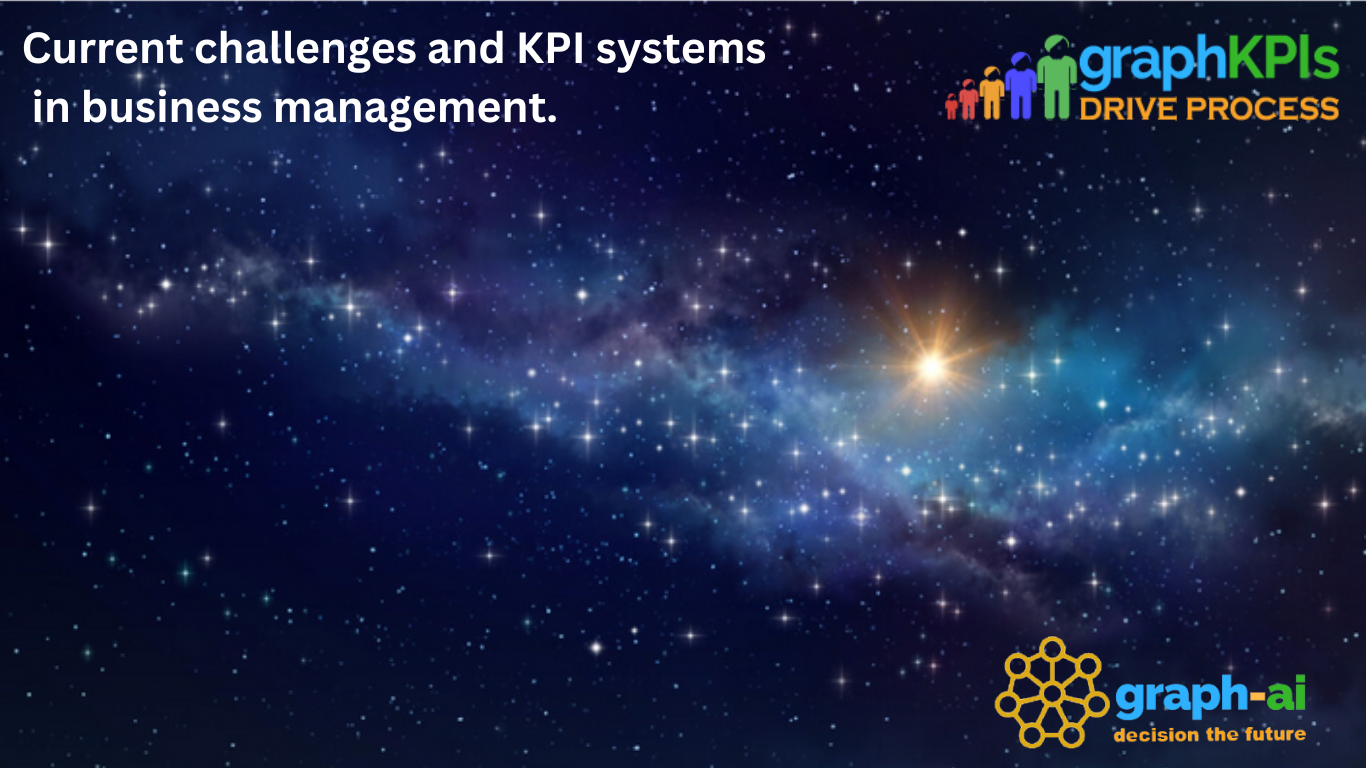Story of KRA and KPI - 08
In the realm of management, the concepts of Key Result Areas (KRAs) and Key Performance Indicators (KPIs) play a pivotal role. These tools serve as the compass for organizations, guiding them toward their objectives and ensuring that they stay on track.
Imagine a scenario where a company operates without any means of measurement or evaluation. There are no defined KRAs or KPIs in place. In such a situation, it becomes incredibly challenging to gauge the performance of individuals, teams, or the organization as a whole. Without these metrics, there's no concrete way to determine whether the company is progressing toward its goals or veering off course.
In the absence of measurement, decision-making becomes arbitrary and subjective. Managers are left in the dark, unable to identify areas that require improvement or commend exemplary performance. This lack of clarity not only hampers productivity but also stifles innovation and growth.
Consider an educational institution without any system for assessing learning outcomes. Students, families, and teachers are left clueless about the effectiveness of the educational methods employed. Without measurable data, it's impossible to pinpoint areas where students are excelling or struggling, making it difficult to tailor teaching approaches to meet their needs.
Similarly, in a manufacturing setting, without clear performance indicators, it's hard to ensure that employees are meeting quality standards and efficiency targets. Production processes may suffer from inefficiencies or defects, leading to increased costs and diminished customer satisfaction.
Now, let's explore how the implementation of KRAs and KPIs can transform these scenarios. By defining clear objectives and establishing measurable indicators of success, organizations can create a roadmap for success.
In the educational sector, assessments aligned with learning objectives provide valuable insights into student progress. Teachers can identify areas where students need additional support and adjust their teaching strategies accordingly. This targeted approach fosters a conducive learning environment and ultimately improves educational outcomes.
Likewise, in manufacturing, the adoption of KPIs allows companies to monitor production processes in real-time. By tracking metrics such as production yield, defect rates, and cycle times, managers can quickly identify inefficiencies and take corrective action. Continuous improvement becomes ingrained in the company culture, driving operational excellence and ensuring long-term success.
In conclusion, the adage coined by Peter Drucker rings true: "If you can't measure, you can't manage." KRAs and KPIs serve as the cornerstone of effective management, providing invaluable insights that empower organizations to thrive in today's competitive landscape. By embracing measurement and evaluation, companies and educational institutions alike can unlock their full potential and achieve sustainable growth.
Continuing the journey together ...............
Leave a Reply
Your email address will not be published. Required fields are marked *


